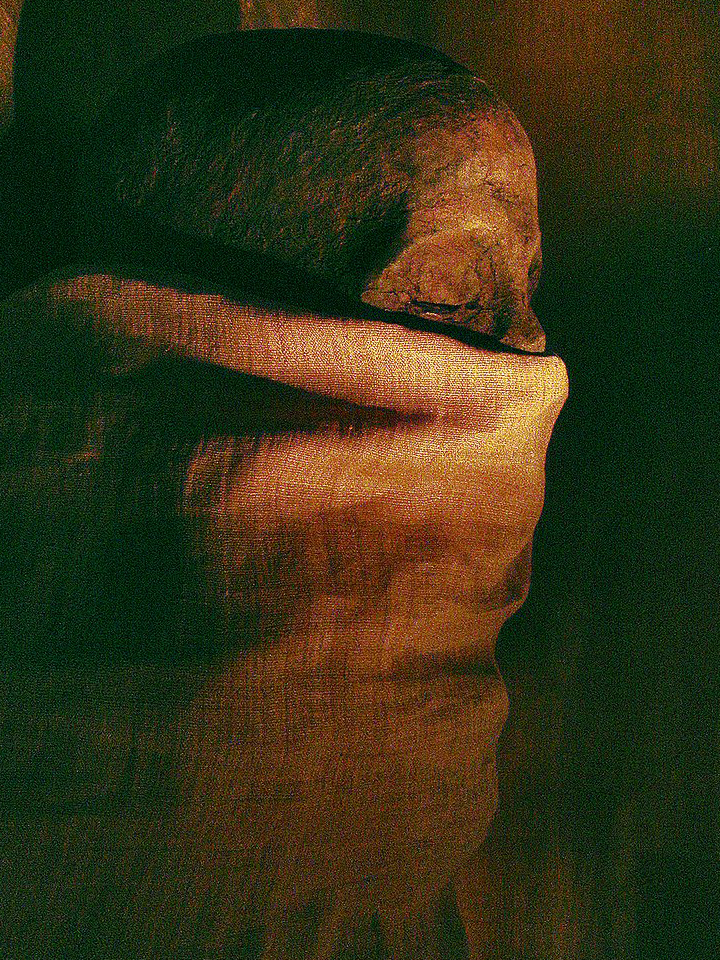Old Kingdom Mummification

The Old Kingdom marked the beginning of the mummification process we know today.
After removing the internal organs, linen, soil, or sawdust would take their place to prevent the mummy from looking shrunken. The body would then be wrapped in spiraling bandages, with each limb wrapped separately. It would be adorned with amulets, and sealed using resin and oils.
Plaster was applied to the face and painted to imitate the deceased. However, following the tradition developed in the Early Dynastic period, a mask was also placed over the face which depicted the deceased. At the beginning of the Old Kingdom, this mask was simple, made of terracotta and straw, and only covering the face, but by the end of the period, a helmet style developed which covered the entire head and went down onto the shoulders.
One of the oldest known usages of canopic jars was found in the Old Kingdom tomb of Queen Hetepheres I, the mother of pyramid-builder Khufu. Canopic jars were vessels, typically vase-like in shape, in which Egyptians would place the internal organs of mummies after removing them from an incision on the left side of the stomach.
The most important of these organs was the heart, which Egyptians believed to be the source of all emotion and logical thought. Because of this, they left it in the body during mummification. Alternatively, Old Kingdom Egyptians began removing the brain, which they thought was useless.
During this period, for the first time, mummies were laid to rest with their bodies fully extended. Their arms would be placed by their sides and their legs were no longer pulled into their chest. They were placed in their coffins on their left sides, facing the rising sun.

At-A-Glance
- Internal organs were still being removed, and the body was filled linen, soil or sawdust.
- Canopic jars, which stored removed organs, came into fashion.
- Bodies were placed on their sides, now fully extended.


